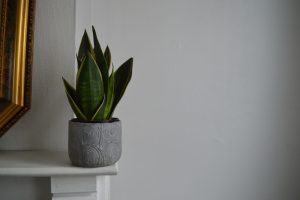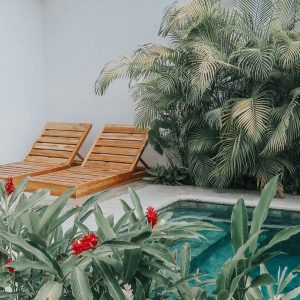The Great Lawn Debate
Contents
- 1 The Great Lawn Debate
- 2 No Mow Lawns: What Are They?
- 3 Low Mow Lawns: A Compromise
- 4 Benefits of No Mow Lawns
- 5 Benefits of Low Mow Lawns
- 6 No Mow vs. Low Mow: Which Is Right for You?
- 7 Cost Comparison: No Mow vs. Low Mow
- 8 Environmental Impact of No Mow Lawns
- 9 Environmental Impact of Low Mow Lawns
- 10 No Mow and Low Mow Maintenance Tips
- 11 How to Convert Your Lawn to No Mow or Low Mow
For decades, the American lawn has been a symbol of success and prosperity. However, with increasing concerns about sustainability and conservation – not to mention strained household budgets – many homeowners are reconsidering their traditional grass lawns.
If you live in America, you’ve probably heard of ‘No Mow May‘ Other readers might be more familiar with the ‘anti-lawn movement‘ or ‘Food, Not Lawns’. These movements have grown in popularity in recent years, due to the environmental costs of a well-maintained lawn. But can you have your grass and eat it too (metaphorically speaking, of course)?
In this post, we’ll present the case for low mow lawns or no mow lawns. We’ll explain why they are better for the environment and your pocket. We’ll also show that they can be just as friendly to the eye as the traditional alternative.
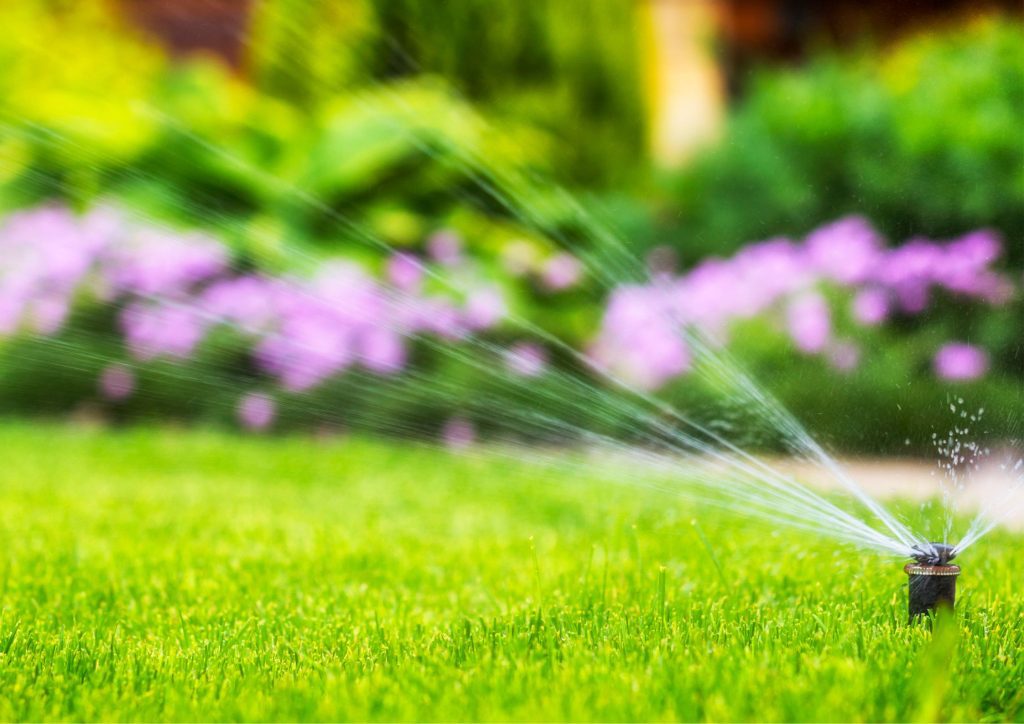
It’s about the money…
The traditional, pristine lawn is expensive to maintain. Whether you invest your own time to maintain it or employ a professional lawn service, there is an opportunity cost for your time or your money that needs to be accounted for.
And the environment…
There is also a very high environmental cost involved with a traditional lawn. Regular watering has both direct and indirect costs. The cost of fertilizers and weeding chemicals also have direct costs on your finances and significant indirect costs on the environment.
Why do traditional lawns need regular watering?
It’s all got to do with the roots. Native grasses have adapted over millennia to handle various climatic conditions, including drought. They do this by having an extensive, deep, root system that is able to find moisture in all but the most extreme droughts.
Modern lawn grasses such as Zoysias, Fescues, Bluegrass and Couch all have shallow root systems. They rarely extend more than three or four inches (75 – 100mm) into the ground. Native grasses, on the other hand, have root structures that go down anything between 2 and even 10 feet (60cm to 3 metres)!
Go on a four week cruise in the middle of summer and your traditional lawn is going to look very ordinary when you return. However, if your lawn is made up of predominantly native grasses, it probably won’t even have realized you’ve been gone 🙂
But what about the aesthetics?
While what makes a beautiful lawn is very much a personal opinion, there are some very powerful arguments for for ripping up that traditional turf as explained in detail here...
So let’s get into it…
The two popular alternatives to the traditional lawn are no mow and low mow lawns. Here, we’ll explore the differences between these two options, their benefits, and how to maintain them.
No Mow Lawns: What Are They?
As the name suggests, no mow lawns require little to no maintenance. They are typically made up of a variety of plants like clover, wildflowers, and grasses that grow to a maximum height of around 8-10 inches.
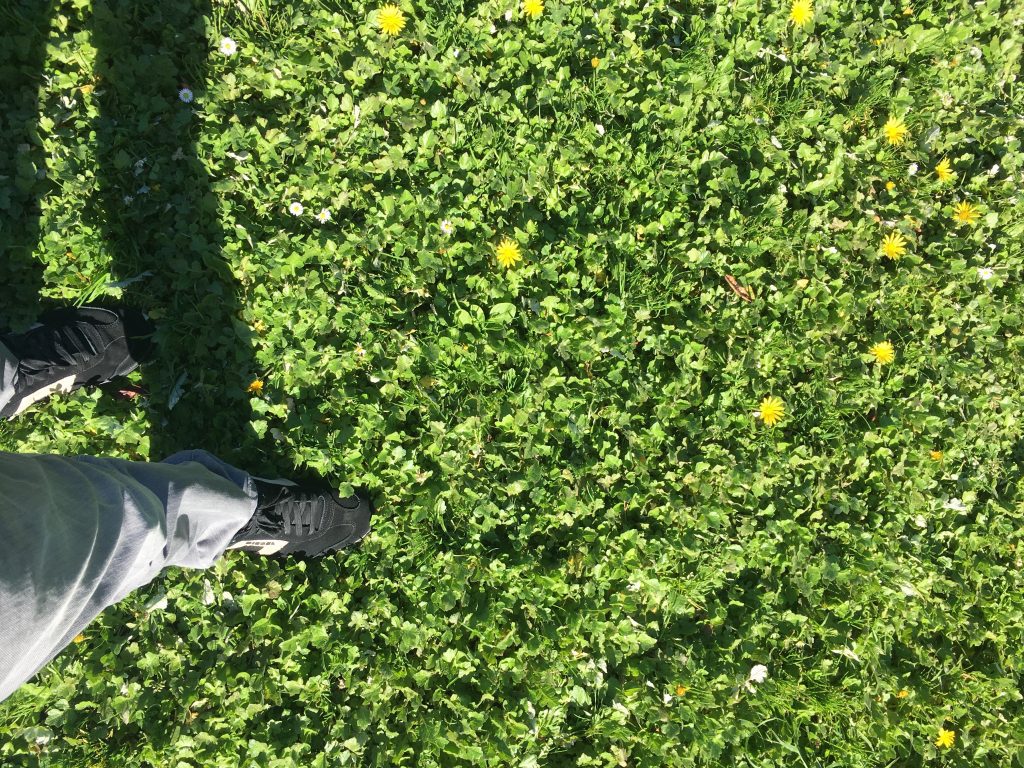
These plants are carefully selected to thrive in a specific region, and they work together to create a diverse, sustainable ecosystem.
Low Mow Lawns: A Compromise
Low mow lawns provide a happy medium between traditional grass lawns and no mow lawns. They are made up of grasses that grow taller than traditional lawns but shorter than no mow lawns, typically around 3-6 inches.
Low mow lawns still require some maintenance, but significantly less than traditional lawns. They can also be supplemented with wildflowers and other native plants to increase diversity.
Benefits of No Mow Lawns
No mow lawns have a variety of benefits. First and foremost, they require very little maintenance, which saves homeowners time and money.
They also provide important habitat for pollinators like bees and butterflies, which are essential to our ecosystem. No mow lawns are also more drought-tolerant than traditional grass lawns, which is important in areas prone to drought. Keep in mind that, with the increasing challenges of global warming, your region may well become drier within the next few years.
Benefits of Low Mow Lawns
Low mow lawns also have many benefits. They require less maintenance than traditional grass lawns, which can save homeowners time and money.
They are also more drought-tolerant than traditional grass lawns, which is important in areas prone to drought. Additionally, low mow lawns also provide important habitat for pollinators and can be a beautiful addition to any landscape design.
No Mow vs. Low Mow: Which Is Right for You?
Deciding between no mow and low mow lawns depends on a few factors. If you want a lawn that requires absolutely no maintenance, then a no mow lawn is the way to go.
However, if you want a lawn that still looks and feels like traditional grass but requires less maintenance, then a low mow lawn is the better option. Climate and the amount of sunlight your lawn gets will also play a role in your decision as will your home-owner association if that applies.
Cost Comparison: No Mow vs. Low Mow
The cost of installing a no mow or low mow lawn will vary depending on the size of your lawn and the plants used.
No mow lawns may be slightly more expensive initially because they require more specialized plants and a different planting process. However, both options require significantly less maintenance than traditional grass lawns, which can save homeowners money in the long run.
Environmental Impact of No Mow Lawns
No mow lawns have a positive environmental impact in several ways. They provide important habitat for pollinators, which are essential to our ecosystem.
They also require less water, fertilizer, and pesticide than traditional grass lawns, which reduces the amount of chemicals and pollution in our environment. Additionally, no mow lawns help to control soil erosion and runoff.
Environmental Impact of Low Mow Lawns
Low mow lawns also have a positive environmental impact. They require less water, fertilizer, and pesticide than traditional grass lawns, which reduces the amount of chemicals and pollution in our environment.
Additionally, low mow lawns also help to control soil erosion and runoff. They can also be planted with native plant species, which provides important habitat for pollinators and other wildlife.
No Mow and Low Mow Maintenance Tips
While no mow and low mow lawns require less maintenance than traditional grass lawns, they still require some upkeep.
Both options may need to be weeded occasionally, and dead plants should be removed. Low mow lawns will require occasional mowing to keep the grass at the desired height.
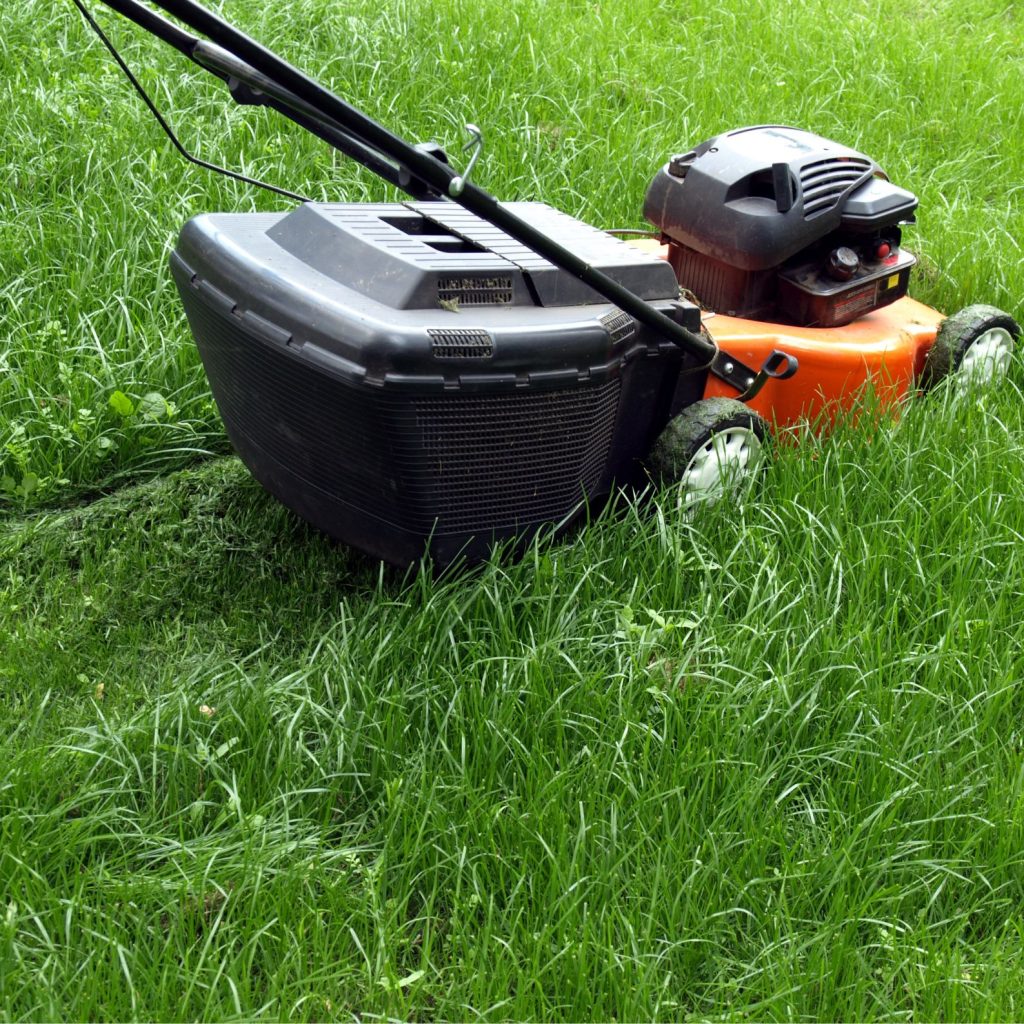
Fertilizer and pesticide should be avoided as much as possible, as they can harm the plants and wildlife in the ecosystem.
How to Convert Your Lawn to No Mow or Low Mow
Converting your lawn to a no mow or low mow option may require some initial work, but the benefits are well worth it.
First, remove any existing grass or weeds. Then, choose the plants you want to use based on your region and desired level of maintenance. Plant the new species according to their specific needs and water regularly until they are established. Over time, you’ll have a beautiful, sustainable lawn.
Embrace the No Mow or Low Mow Lifestyle
No mow and low mow lawns are a perfect option for homeowners who want a beautiful lawn without the high cost and environmental impact of traditional grass lawns.
With the right plants and a little bit of maintenance, you can have a lush, sustainable lawn that provides important habitat for pollinators and other wildlife.
So, consider making the switch to no mow or low mow and embrace the benefits of a more sustainable lifestyle. And, of course, those direct cash savings you make, won’t go astray either!
Convinced or are you locked in on the traditional lawn?


